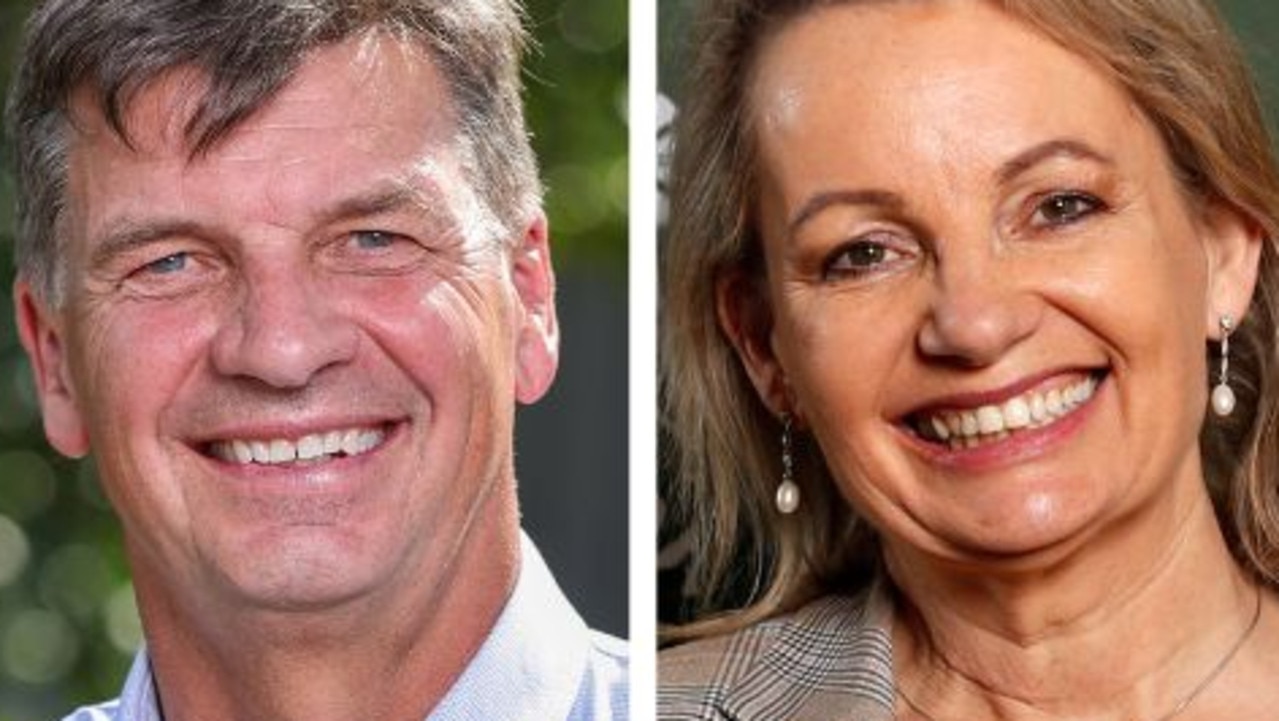Vikki Campion: Why a gigantic hydrogen tank should never be built near one of our cities
A venomous snake should never be approached, and a gigantic hydrogen tank that will be 10 times the size of the biggest on the planet should never be built on the doorstep of one of our cities, writes Vikki Campion.
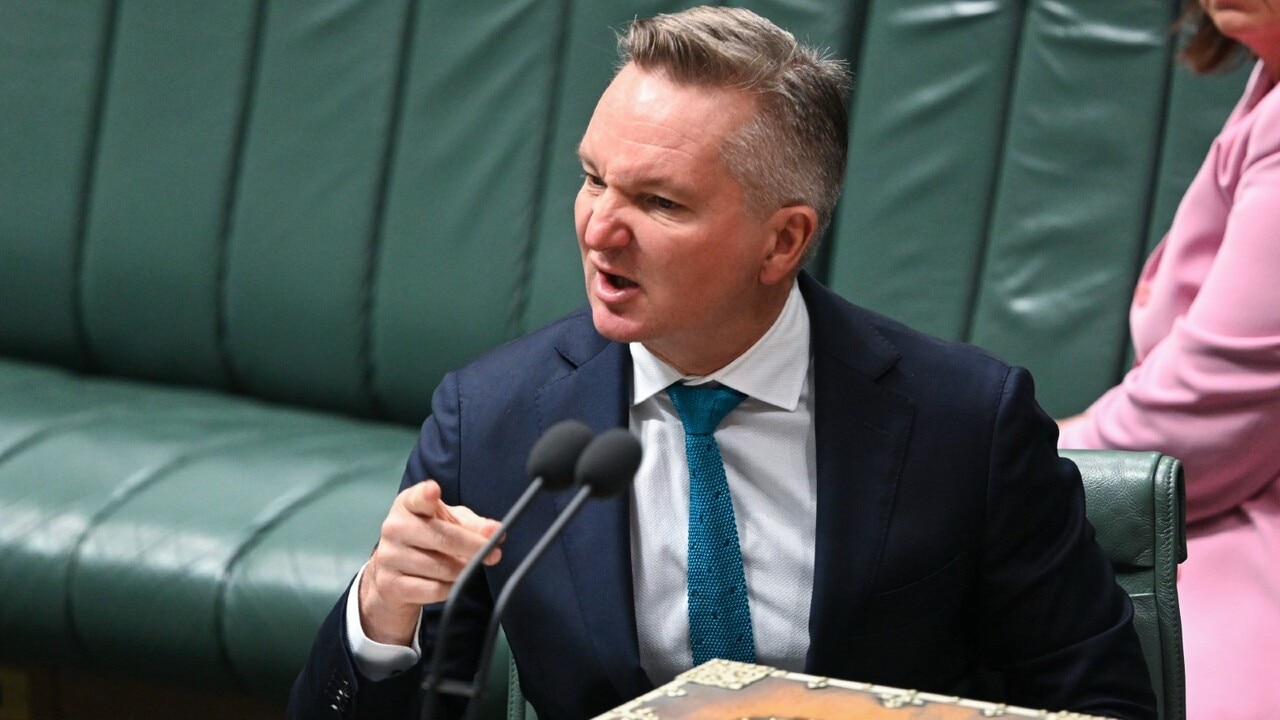
National
Don't miss out on the headlines from National. Followed categories will be added to My News.
Snakes of Australia identifies the Eastern Brown Snake as fast-moving, nervous, and ill-natured if cornered, one of the most venomous snakes in the world, 12 times more deadly than the Indian Cobra.
So why did mothers in Canberra push their young children toward one this week to take pictures on their iPhone, who scoffed when I urged them to keep their distance because: “The government wouldn’t allow it here (in a government-owned botanic garden) if it weren’t safe.”
The issue we have with a population that willingly submits itself to authoritarian governments, who rammed digital ID through the senate without debate, who want bureaucrats to decide what’s true or false, is the wildly misguided idea that government is a wisened old guardian angel protecting us from harm.
It is the snake who gets protection- not you or your kid.
Be it the most venomous creatures on earth, what voices you can hear on social media, or our power grid, Government Angel does not prioritise what’s “safe”.
The perfect case study of which is green hydrogen.
While Energy Minister Chris Bowen and friends deride nuclear power as “risky reactors”, they have budgeted more than $8 billion on hydrogen which is rocket fuel requiring a storage system estimated to be some ten times the size of the biggest hydrogen storage and production facility on the planet at the Kennedy Space Centre in the US in the middle of nowhere. Not to forget nearly $5 billion on building a nuclear reactor in Britain for our nuclear submarines.
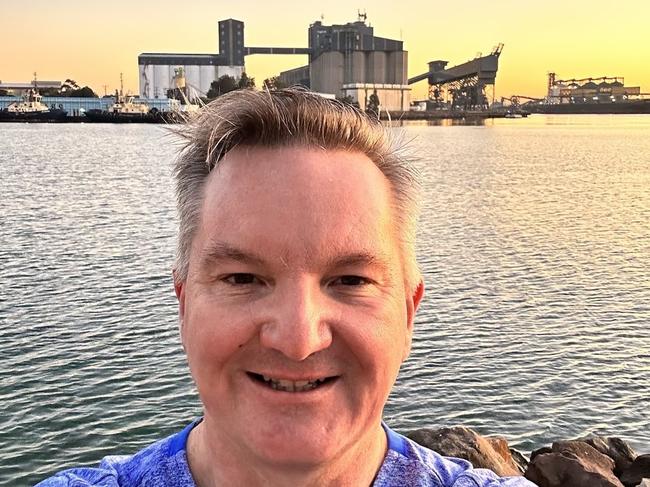
Ours will be on the doorstep of one of our most productive cities and largest multi-commoditive shipping ports in Australia.
But like the ectothermic Eastern Brown slithering near the children, the political mothers and fathers unquestioningly accept this plan as safe because it comes from their guardian angel called Government. It is government-sanctioned and government-funded by a government-owned corporation, Stanwell.
As Australia’s biggest energy companies walk away from green hydrogen because they cannot make it viable, taking millions of taxpayer dollars in grants with them, the Government Angel is knuckling down on a hydrogen plant expected to be some 20 times bigger than any operating facility in the world.

Australia’s version will produce 1200 tonnes of gaseous hydrogen, 800 tonnes of which will be liquified, and an ammonia plant taking the rest.
This means you need to a process called Haber Busche to heat a catalyst to 450 degrees celsius, force it under atmospheric pressure and pump it with nitrogen and hydrogen, which produces ammonia.
That then becomes exothermic, requiring a constant feed of hydrogen. However, the hydrogen production facility cannot rely on weather-reliant wind and solar intermittent power.
Because of this, green hydrogen would need a massive storage tank to hold at least enough for ten days, which would be possibly about 8000 tonnes of liquified hydrogen, so explosive that it is used to send rockets into space.
So where are they putting this massive, super-explosive supply? Right in the lap of a regional city.

Flynn MP Colin Boyce, whose electorate has been bestowed this nightmare by Government Angle, cannot understand why there is no discussion of the safety risk of an enormous rocket fuel tank nestled in the nape of a regional city.
“If it goes bang, it will blow Gladstone off the map,” he says.
More than 400 hydrogen incidents have occurred in 40 years. Fukushima and Callide were hydrogen explosions.
But rocket fuel’s safety is irrelevant when it is “green hydrogen” and posed as a transition fuel in our net zero nirvana, even when its not net zero at all.
We are pumping water to this “green hydrogen” project 130km from Rookwood Weir with diesel generators.
The whole process will rely on coal because wind and solar cannot generate baseload power.
Nobody has considered the capital cost of transporting, storing or producing green hydrogen, including the sheer landmass required to build industrial intermittents required.
Just as herpetologists find Pseudonaja textilis the most difficult to handle, green hydrogen is a slippery element that engineers cannot get a firm grasp on.
Australia’s biggest energy companies, Fortescue, Origin in Newcastle and Woodside in New Zealand, have all walked away from green hydrogen, it is only our government that is handing undisclosed billions to Stanwell to continue this plan.
The Gladstone mums and dads are wiser to danger than the Government Angel, but documents for consultation on the CQH2 project cannot be printed out, and project maps limit how far they can zoom in online.
A snake should never be approached, whether in a botanic garden or out in a paddock. And a gigantic rocket fuel facility should not be on the shoulders of a large industrial city such as Gladstone - or any city, anywhere.
ROCKS IN THEIR HEAD: MPS TO GET SCHOOLED ON A ‘VILLAIN’ RESOURCE
If Australia’s story is told in its rocks, coal from plants that grew in Gondwana 170 million years ago, cities built in limestone from crushed shells, minerals that have powered the world, this week Labor has opened a new chapter on uranium.
Our most energy-dense rock is dug up here, trucked through towns and exported overseas, yet still painted as the scary villain when it is a resource that could herald a new era of Australian energy independence.
A new parliamentary inquiry to be chaired by Hunter MP Dan Repacholi could finally give this rock – which could save his communities such as Singletone from being smothered in black photovoltaic glass – the makeover it deserves from real-life electricians and engineers, instead of office bureaucrats paid to propagate the policy platforms of politicians.
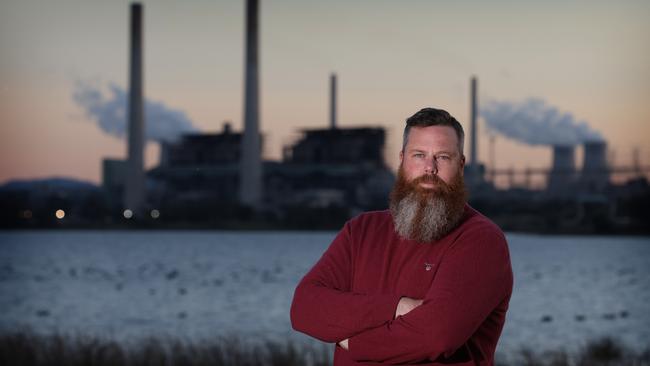
That some in Labor believe this will damage the Coalition’s nuclear policy on the eve of the election shows how closed they have been to the free education offered to them by Australia’s wide nuclear science and engineering expert community, including the former head of ANSTO.
Submissions to Senate energy inquiries contain clear analysis that it’s impossible to decarbonise without nuclear. Submissions to the offshore wind inquiry have given ignored experts a voice about the dangers of wind.
The inquiry report, set to come out a month before the probable May election, on a Labor-stacked committee, will undoubtedly find that the proven technology that powers most G20 economies is unachievable in Australia. However stacked the committee is, the exercise will grant national exposure to independent expert submissions, to whom Energy Minister Chris Bowen rarely grants an audience.
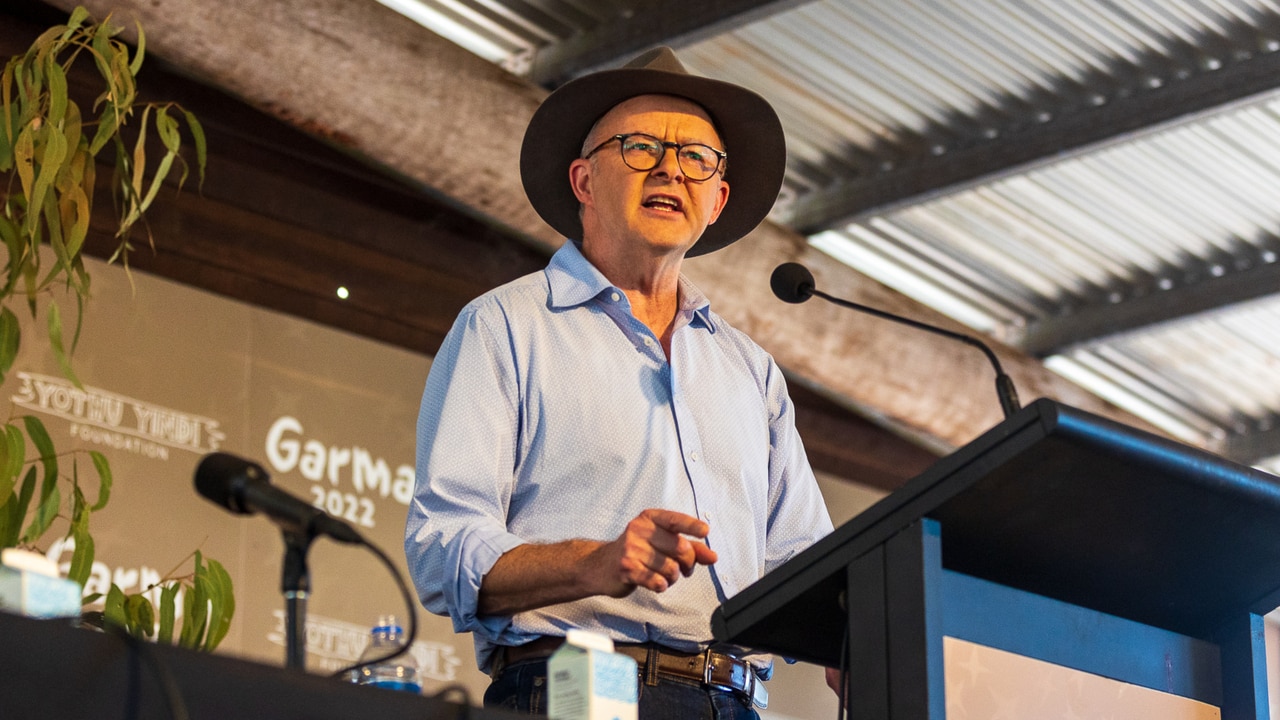
Mr Repacholi, fast shaping up to fill the well-worn shoes of his long-serving predecessor Joel Fitzgibbon, has taken a step in the right direction in seeking clarity for basic stuff like deployment timeframes, fuel supply and transport logistics, uranium enrichment capacity; waste management, transportation and storage; water usage and impacts on other water-dependent sectors; existing energy infrastructure capability, including transmission; legal and policy frameworks; risk management and safety, land acquisitions and cost.
It is just a pity this comprehensive examination has never been done for intermittent power plants, transmission lines, or the economic – and potentially literal – bomb of green hydrogen.
Nuclear is not the ugly duckling Labor thinks it is, but we’ve yet to get to the end of the story.
Do you have a story for The Telegraph? Message 0481 056 618 or email tips@dailytelegraph.com.au
More Coverage
Originally published as Vikki Campion: Why a gigantic hydrogen tank should never be built near one of our cities





